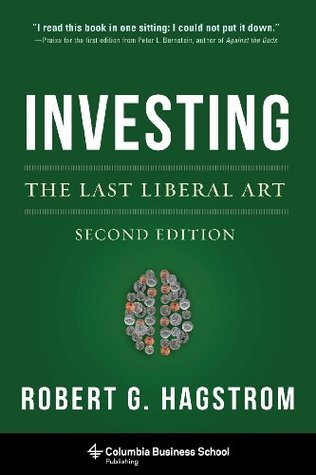More on this book
Community
Kindle Notes & Highlights
Read between
February 15 - May 7, 2019
spent fifteen years (1988–2003) studying the decision-making process of 284 experts. He defined experts as people who appeared on television, were quoted in newspaper and magazine articles, advised governments and businesses, or participated in punditry roundtables. All of them were asked about the state of the world; all gave their prediction of what would happen next. Collectively, they made over 27,450 forecasts. Tetlock kept track of each one and calculated the results. How accurate were the forecasts? Sadly, but perhaps not surprisingly, the predictions of experts are no better than
...more
Tetlock tells us Foxes have three distinct cognitive advantages. 1. They begin with “reasonable starter” probability estimates. They have better “inertial-guidance” systems that keep their initial guesses closer to short-term base rates. 2. They are willing to acknowledge their mistakes and update their views in response to new information. They have a healthy Bayesian process. 3. They can see the pull of contradictory forces, and, most importantly, they can appreciate relevant analogies.7 Hedgehogs start with one big idea and follow through—no matter the logical
...more
The idea that people with high IQs could be so bad at decision making at first seems counterintuitive. We assume that anyone with high intelligence will also act rationally. But Stanovich sees it differently. In his book, What Intelligence Tests Miss: The Psychology of Rational Thought, he coined the term “dysrationalia”—the inability to think and behave rationally despite having high intelligence.
Kahneman is surprised by the ease with which intelligent people appear satisfied enough with their initial answer that they stop thinking. He is reluctant to use the word “lazy” to describe the lack of System 2 monitoring, but lazy is what it seems to be. Kahneman notes that we often say of people who give up on thinking, “He didn’t bother to check whether what he said made sense” or “Unfortunately, she tends to say the first thing that comes into her mind.” What we should be thinking, he says, is “Does he usually have a lazy System 2 or was he unusually tired?” Or, for the second example,
...more
to construct a new latticework of mental models, we must first learn to think in multidisciplinary terms and to collect (or teach ourselves) fundamental ideas from several disciplines, and then we must be able to use metaphors to link what we have learned back to the investing world. Metaphor is the device for moving from areas we know and understand to new areas we don’t know much about. To build good mental models, we need a general awareness of the fundamentals of various disciplines, plus the ability to think metaphorically.
The art of achieving what Charlie Munger calls “worldly wisdom” is a pursuit that appears to have more in common with the ancient and medieval periods than with contemporary studies, which mostly emphasize gaining specific knowledge in one particular field. No one would disagree that over the years we have increased our baskets of knowledge, but what is surely missing today is wisdom. Our institutions of higher learning may separate knowledge into categories, but wisdom is what unites them.


